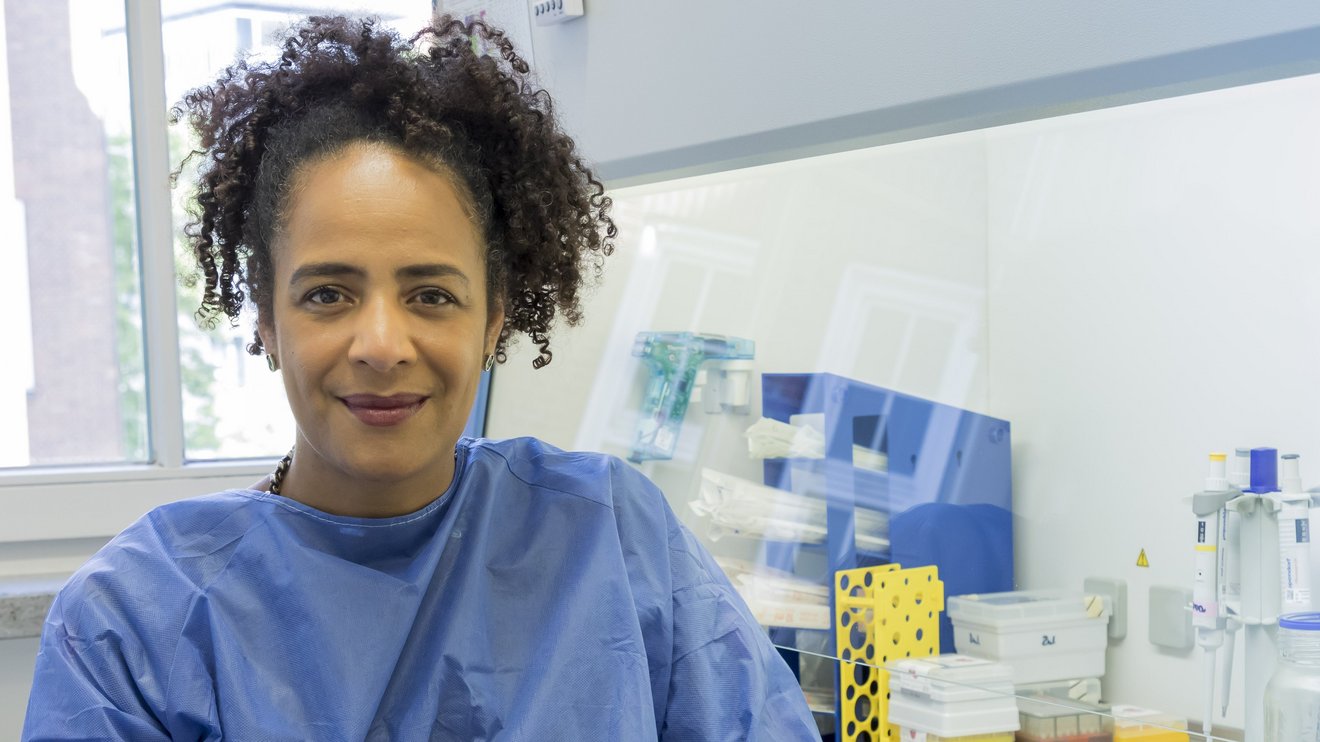What are the arguments in favour of conducting research together and not in competition with each other?
Joint research in the NUM promotes the creative exchange of knowledge, accelerates joint progress and enables resource optimisation, which is particularly relevant for university medicine. In addition, it is also simply fun and releases energy to conquer new scientific territory together with like-minded people. It is good and important that the NUM has created structures in Germany that network university medicine in this way for the first time.
Why are you involved in the NUM?
With my work, I would like to contribute to optimising interdisciplinary medical research and collaboration between the various partners and stakeholders in university medicine. Through improved networking, harmonisation of processes and joint data and biobanks, we can create clinical-scientific synergies that allow us to make internationally competitive contributions to research.
What was the biggest success in your NUM research project?
As part of the COVIM project, we were able to establish a network of immunological-infectiological studies (NIKS), an infrastructure for complex immunological studies. I am also proud that our team is one of the top 10 recruitment centres of the Napkon-SÜP cohort platform and I am pleased that we were able to make important contributions to the NU(M)KRAINE project.




